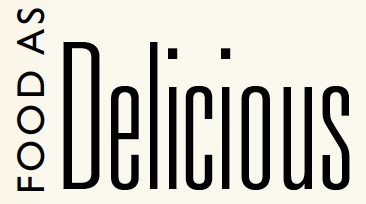
Wayne Silver, Professor of Biology

When you say something tastes good, you really mean it “flavors” good. The brain puts together information from taste and olfactory (smell) receptors, along with information about texture and temperature (mouth feel), to produce flavor. Taste receptors only sense things that are salty, sweet, bitter, sour and umami (Japanese for savory). Olfactory receptors respond to thousands of odorants. Taste and olfactory molecules are like keys that open specific “locks,” receptor proteins found on receptor cells. Different people have different locks or number of locks, which is why some of us are more sensitive to some things than others.
Most of what we call flavor is due to olfactory receptors in the nose. As you chew your food, you release chemicals that can be either volatile — they dissolve in air and you can smell them (think strawberries), or nonvolatile — they do not dissolve in air and cannot be smelled (think sugar). Volatile chemicals in your mouth make their way to the olfactory receptors in your nose. That’s why when you have a cold and your nose is stuffed up, food doesn’t “taste” as good. The food tastes exactly the same; the volatile chemicals just aren’t reaching your smell receptors.
Taste aversions may play a role in what we like; if you eat something and become sick shortly afterward you will avoid that food, even if it had nothing to do with why you’re sick. Mouth feel is also an important component of flavor that’s completely different from taste and smell. It’s what’s activated when you eat hot chili peppers. Why some people like spicy, hot foods and some don’t is not known. Mouth feel is also why we don’t like soggy potato chips; potato chips are supposed to crunch when we chew them!
Wayne Silver researches taste, smell and chemesthesis, the chemical stimulation of somatosensory receptors in the eye, nose and mouth. Examples of chemesthesis include the stinging of ammonia and the burning sensation caused by horseradish and chili peppers.
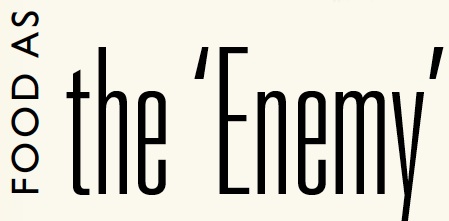
Wayne Pratt, Associate Professor of Psychology
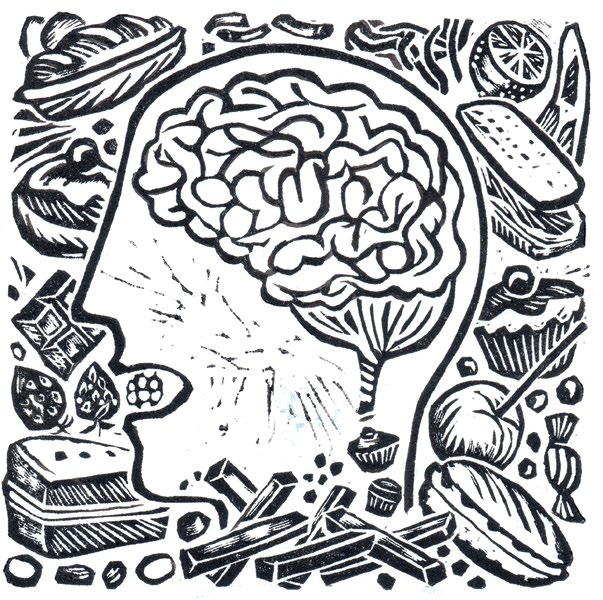
The desire to eat arises from two interacting brain systems. One motivates us to seek food when we are energy-deficient; the other encourages us to continue eating when the food that we have in front of us is particularly palatable. For most of humanity’s existence food has been scarce, so it was of benefit for our ancestors to overconsume palatable sweet or fatty foods when they were available. Storing up energy (in the form of fat) might well have gotten them through the next famine. However, food is no longer scarce, and over the past 100 years we’ve surrounded ourselves with foods that are cheap, sweet and fatty. Those foods tend to stimulate regions of the brain that process rewards, which contributes to the urge for us to overeat and gain weight. This is one reason that obesity has been increasing over the past few decades.
Although I would stop short of calling overeating a “food addiction,” hyperpalatable foods (loaded with sugar, fat and salt) affect brain circuits in similar ways as drugs of abuse. The next time that you crave chips or chocolate, remember that your brain is working to save you from the next famine. If you don’t anticipate one, perhaps it would be wiser to pass the bowl.
Wayne Pratt, who joined the faculty in 2006, examines the neurobiology and pharmacology underlying food intake and food motivation.
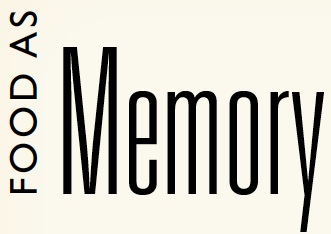
Stephen Murphy, Associate Professor of French
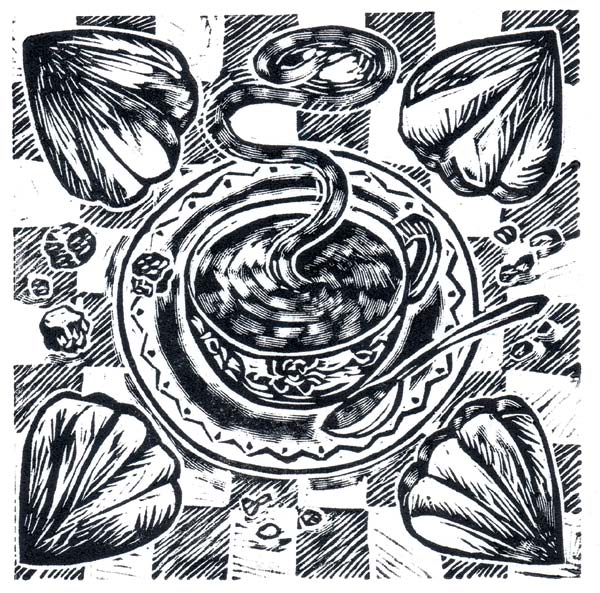
When you talk about food and memory in Marcel Proust, you’re talking about one particular scene in the novel “In Search of Lost Time.” It has to do with the madeleine and a cup of tea. For Americans the madeleine might be exotic, but for a French person it’s an ordinary sweet pastry shaped like a scallop shell. It reflects the experience that the narrator has one day when he dips this little cake into his cup of tea. It takes him back in a vivid way and brings to life his childhood in a way that he had not had access to before. It’s called “involuntary memory,” and the madeleine holds the key to that.
He dips his madeleine into his tea and has this sudden, huge surge of happiness and wonders, “Where did this come from?” Finally, it comes back to him that when he was a boy at his great-aunt’s house in Combray, where he and his parents used to go during the summer, his aunt would let him taste the madeleine dipped in her herbal tea. It’s this connection between a taste experience he had then and the same taste experience he has years later. He was able to remember the way we all do with the voluntary memory — the intellect — a particular time. But it was limited. The sensual experience he has of the smell and taste of the madeleine and the tea brings this involuntary memory, which is infinitely richer and leads to an understanding of his life.
When people talk about the Proustian moment with the madeleine it is sometimes seen as a mystical illumination, which in some ways it is, but it’s also a very ordinary domestic and daily occurrence. I think something similar happens to a lot of people — even if it’s not a madeleine and tea, even if it’s not food at all. It can be a sense experience that takes you back in an immediate way.
While Stephen Murphy specializes in French literature of the 16th and 17th centuries, he teaches all levels of French language, literature and culture. His French fiction course includes Proust’s work.
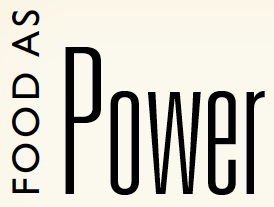
Yomi Durotoye (P ’03, ’06, ’13), Associate Teaching Professor, Politics and International Affairs and the Center for Global Programs and Studies
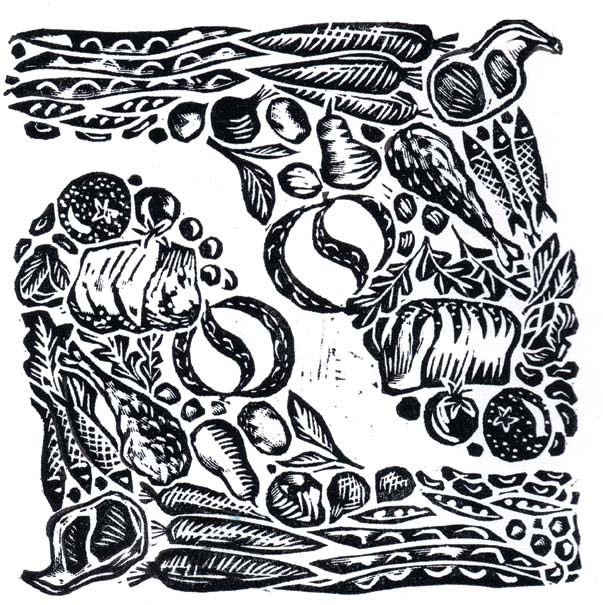
Those who control aspects of the food value chain have immense power over those who don’t. Food, like water, is one of the two indispensable needs of human beings.
There are different ways that food becomes weaponized: as a weapon of war, as a method of diplomatic and political coercion, as a measure of patriarchal control and as the connivance of governments and agribusiness that are putting chemicals into our food for profit.
The most common one we tend to focus on is food as a weapon of war. It can be more lethal than guns and other ordnances. Wars displace the food producers and the normal patterns of food distribution, so sometimes wars in those ways can lead to hunger and death. At other times food has been used deliberately as a weapon to kill and subjugate the population under attack. Historically, we see this in the war to defeat Hannibal in Italy and in General Sherman’s March to the Sea with his scorched earth strategy. Nowadays we see it in Homs, Syria. The Geneva Conventions since 1977 have banned warring parties to use food in such deadly ways. However, as the situation in Homs is showing, that is not working.
As a diplomatic weapon food aid has been used to coerce countries to do the bidding of powerful countries. Here, I refer to the “National Security Study Memorandum 200,” a 1974 report issued by Henry Kissinger and the National Security Council looking at population growth in developing countries, proposing a strategy: reduce your population growth or there will be no food aid for you.
The third, patriarchy, has worked the world over to make women completely dependent on their husbands. For example, colonialism removed ownership rights from African women in many colonies and turned it completely over to men. Women thereby lost full rights to what they produced, which made them vulnerable and controllable.
Yomi Durotoye holds a joint appointment as an associate teaching professor in the Department of Politics and International Affairs and the Center for Global Programs and Studies. He is also the coordinator of the African studies minor program.
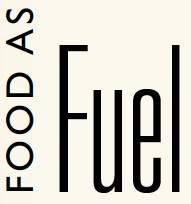
Gary Miller, Associate Professor of Health and Exercise Science
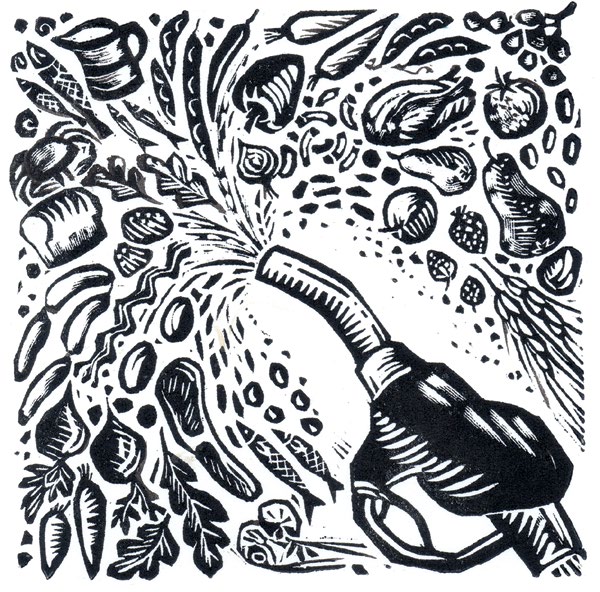
The food that we eat provides us with nutrition. Energy for our body is one part of that. Having enough energy is critical to our life. Having too little is probably more dangerous over the short-term than having too much; you can go for decades having too much food, but you can’t go very long with too little. Energy comes from carbohydrates, fats and proteins. Depending on the person that energy may be better coming from a high-carb diet or a higher-fat diet. There’s a wide range of acceptable intakes of different nutrients. You can have a healthy diet with 40 percent carbohydrates up to 70 percent; same thing with fat, although the percentages are lower, about 15 percent up to 30 percent, with protein filling in the rest of the diet. Getting the right balance is the key. There is no one single diet that works for everybody.
Today, much of our attention is focused on eating too much. But there’s also a population that eats too little and is at real risk for under-nutrition, such as with anorexia nervosa, as well as older adults who could eat too little. Treating those with prominent diseases such as obesity and diabetes or lowering the risk for heart disease requires balancing the right energy and the right nutrients. A lot of current research shows that what makes a good healthy diet has more to do with the food you eat than the nutrients you eat; the percent of carbohydrates is not as important as getting enough fruit and grains, and those types of food. Similarly, consuming fruits and vegetables is more important than taking a multivitamin and mineral supplement.
Gary Miller studies obesity and weight loss and their effects on biochemical changes as well as physical function, and the effects of dietary nitrates on various diseases, including hypertension, stroke, peripheral artery disease, diabetes and chronic obstructive pulmonary disease.
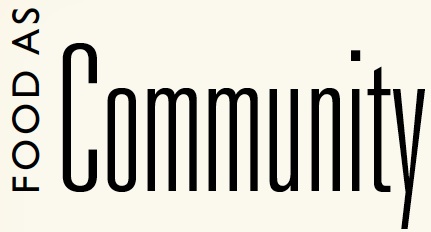
The Rev. K. Monet Rice-Jalloh, Associate Chaplain
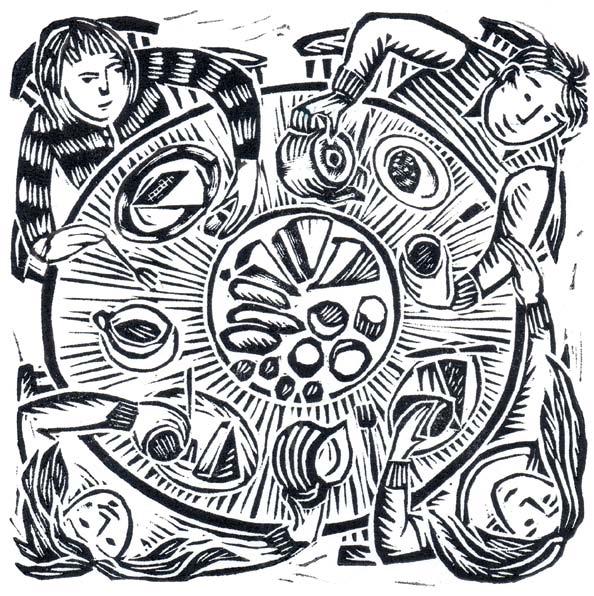
As a self-acclaimed foodie, I enjoy a good meal whether it’s a shared meal or one I’ve scouted out from various foodie reviews. Interestingly, it was not until I left New York and branched into different parts of the country that I learned how complex it is for some people to eat alone. Especially if this meal is to be consumed outside of the anonymous secludes of one’s home.
In this way, food creates a community. This community is typically made of like minds and empty bellies. For decades families have gathered around the dining table to reconnect lives and be reminded each day that there is a common thread that runs between us for savory delights and um, um goodness.
We see communities form more distinctly along ethnic lines as persons of the diasporas seek to quench their longing for “homemade” recipes with other persons of similar ethnic palates. The diversity of my friend circle grows from my thrill for “authentic” prepared dishes. So whether it is joining my Boricuas for their rice and beans or my Vietnamese sisters for pho or Bun Bo Hue (no pork, please), communities are expanded around food exploration.
The satisfaction of the meal is heightened by the company of fellow diners and is to be enjoyed even more than the food. The challenge, however, is in remembering that. Too often we Americans indulge in “ethnic” foods without ever engaging the people from whom we extract the ethnicity of their cuisine. And even more, perhaps the breakdown of our communities began when we allowed anyone to go without a meal.
K. Monet Rice-Jalloh, a graduate of Princeton Theological Seminary, joined the chaplain’s office in 2012 after serving as an associate pastor at Concord Baptist Church of Christ in Brooklyn, N.Y., and working for Cornell University Cooperative Extension.
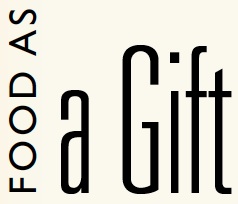
Barbara Lentz, Associate Professor, School of Law
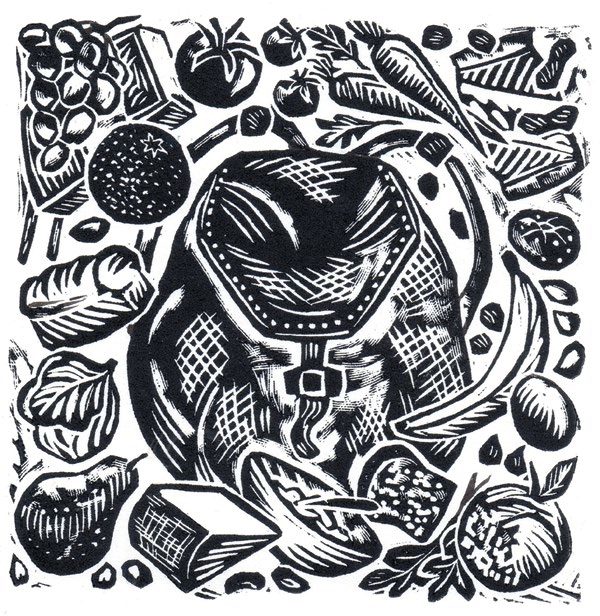
Children are entitled to eat. It feels like a gift to me that I’m able to do something for them. I got involved with Backpack because my children go to Brunson Elementary, which had the first Backpack program in Forsyth County four years ago. Teachers, nurses and counselors identify children who look like they have physical signs of hunger, hiding food to take it home or saving it for later. These are little kids in kindergarten or first grade. They have brittle nails and are often sleepy. Before Backpack, one of the teachers said she could not start new units Monday because six or eight children in her class were too hungry. More than half of elementary schoolchildren in Forsyth County get free breakfast and lunch, so what do they eat on the weekends? Backpack sends home a backpack full of food on Fridays that’s healthy and kid-friendly. The teacher says now those kids can start learning Monday instead of Wednesday.
Each Backpack program needs to come up with $10,000 every year, and that is daunting. I wondered where the money would come from. The Forsyth Backpack Program, which I co-founded with Carol Templeton, an attorney in town, incorporated as a nonprofit to improve collaboration among and help support all 24 Backpack programs in the county. The leadership class of students in the business school’s Master of Arts in Management program adopted Forsyth Backpack in fall 2013, and that was a great gift to us. Those students worked hard to raise awareness of hunger in the community and to raise funds — $20,000 as a holiday gift. We spent every penny on supplemental food for 500 children at several public schools. They had two weeks off from school, but hunger does not take a vacation. The associate dean at the business school said at the time, “Getting ahead doesn’t mean leaving others behind.” We’re going to steal that phrase.
Barbara Lentz is an associate professor of legal writing in the law school, where she received the 2013 Jurist Excellence in Teaching Award. She is a Faculty Fellow and an ACE Fellow at the Institute for Public Engagement. Read about the program she co-founded and the M.A. students’ $20,000 gift at bit.ly/1dJ0Clj.


